Since the founding of the organization, the Federal Bureau of Investigation has conducted raids on numerous high-value targets. Not all these raids are successful. Furthermore, some are spectacular failures resulting in needless deaths and casting ire over the Bureau as a whole.
Nevertheless, there are some sieges and raids that linger in the public imagination. In this article, we will explore 10 of the FBI’s most famous raids.
To compile a list of the FBI’s most famous raids, 24/7 Tempo consulted a range of criminal databases and crime sites including the FBI Vaults, History.com, and Time Magazine. Next, we selected cases from a range of eras that had the biggest cultural impact. After that, we consulted sites like Britannica for specific historical details. (For more major FBI moments, explore the biggest cases ever investigated by the FBI.)
Palmer Raids
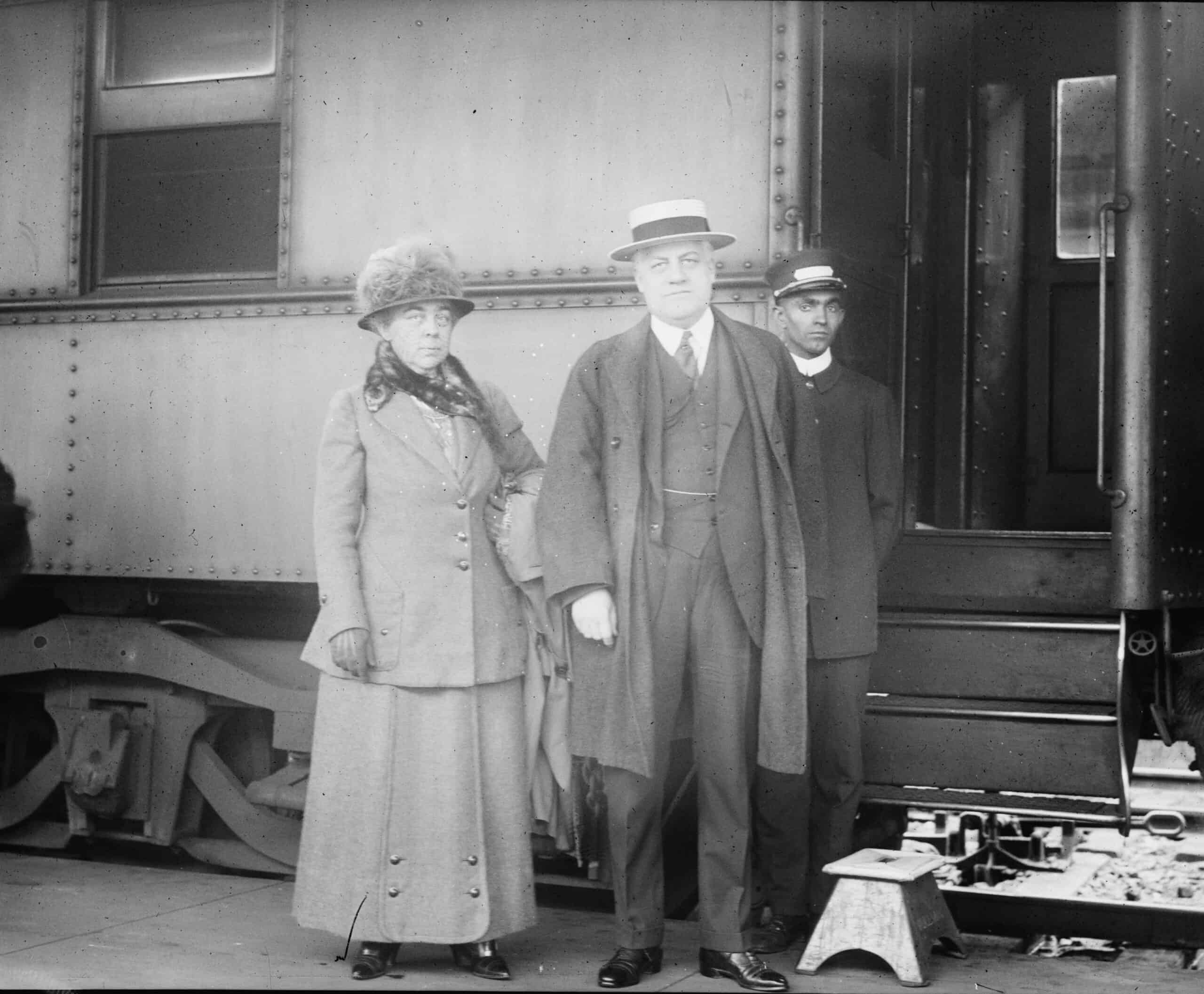
One of the FBI’s most famous raids occurred in the winter of 1920. Just a year before, anarchist Carlo Valdinoci blew up the facade of the newly appointed Attorney General A. Mitchell Palmer’s house, killing himself in the process. It was a time of uneasiness in American society as multiple bombs had been sent to Senators and Mayors, with one exploding in the hands of a Senate Staffer. In response, Attorney General Palmer organized a task force to curtail the terrorist threats. One task force member was J. Edgar Hoover, who would later become the director of the FBI. The task force bided its time with some arrests before springing into action at the beginning of 1920. Suddenly, the task force sprung into action. It conducted raids in major cities nationwide, enlisting local law enforcement in the process. The plan, however, was an unmitigated disaster with miscommunication affecting who was arrested and why. The public response was overwhelmingly negative, and Palmer and his task force were criticized for their overzealousness. Nevertheless, it taught the burgeoning agency better ways to conduct raids in the future.
Siege at Waco
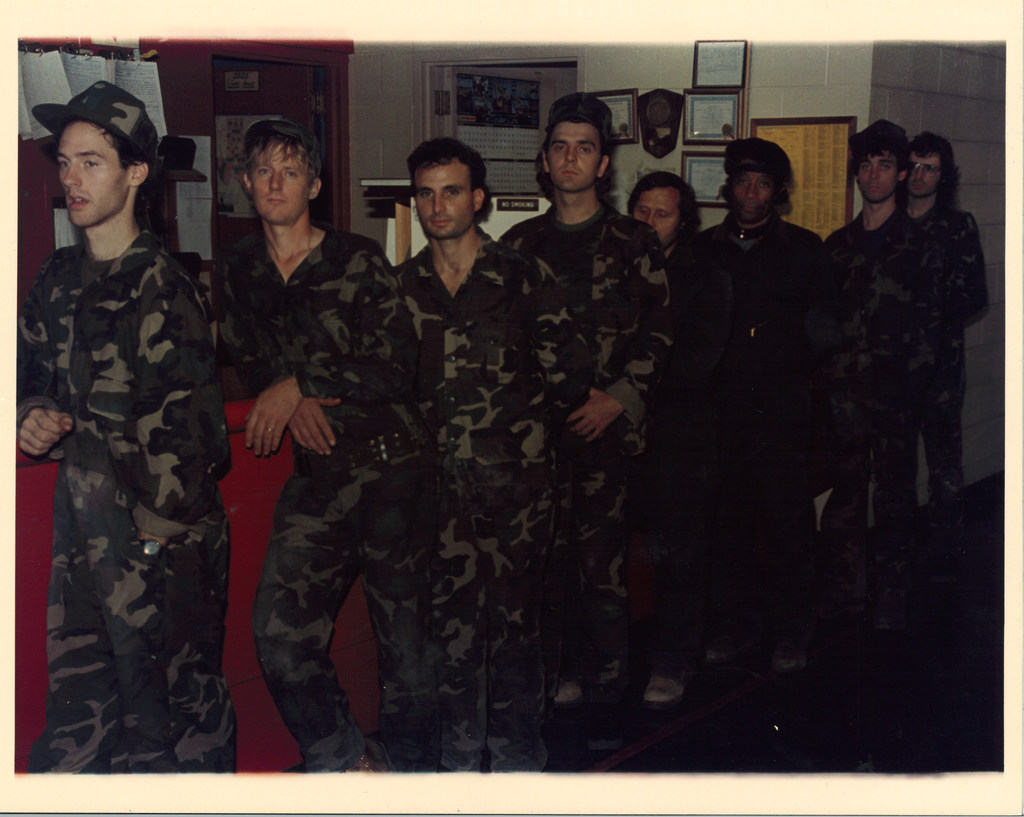
Another one of the FBI’s most famous raids occurred in Waco, Texas between February and April of 1993. It focused on an extremist religious sect run by David Koresh called the Branch Davidians. Suspected of both stockpiling and selling illegal weapons, the ATF turned its sights on the Branch Davidians and attempted to serve warrants on the sect’s compound.
The Branch Davidians were tipped off to the raid, however, and sat ready when the ATF approached. A firefight ensued with four ATF agents and six Branch Davidians killed in the process. What followed was one of the longest and most controversial raids in American history.
After a 51-day standstill, FBI agents launched a tear gas attack on the compound. This, however, engulfed the complex in flames. In the ensuing chaos, 76 Branch Davidians including David Koresh were killed. While the FBI says it didn’t purposefully start the fire, critics presented evidence suggesting they did. Either way, the siege at Waco became a sore spot for right-wing separatists and critics of government overreach alike.
Murder of Edwin C. Shanahan
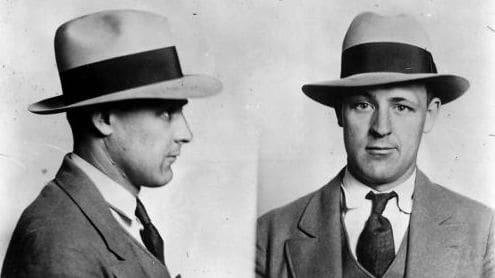
On October 11, 1925, Edwin C. Shanahan became the first FBI agent to be killed in the line of duty. Before his death, Shanahan was hot on the trail of a professional car thief and wanted murderer named James Durkin.
After receiving a tip on Durkin’s whereabouts, Shanahan attempted to arrest him in a Chicago parking structure. This failed, however, as Durkin pulled out a pistol from the stolen car he was in, shooting and killing Shanahan. After that, Durkin went even deeper on the run. As the FBI attempted to find him, he was spotted first in Chicago, where he killed a police officer in a shootout. After that, Durkin was spotted by a sheriff in the town of Pecos, Texas. He was able to evade capture again, however.
Finally, the FBI responded to a major tip on Durkin’s whereabouts. Since being spotted by a train conductor on a trip between San Antonio and Dallas, the local FBI field offices rushed to find him. Indeed, they did find him still on the train and conducted a raid on the Katy car of the Texas Special Train where he was arrested.
Ruby Ridge

Another of the FBI’s most famous raids occurred in Boundary County, Idaho in August 1992. After resident Randy Weaver was served a bench warrant for Federal firearm charges, the United States Marshals Service attempted to arrest him at his mountain home.
During surveillance of the property, however, the Weaver’s dog ran towards law enforcement, resulting in the dog being shot. In response, Randy’s son Samuel fired back at the Marshalls and was killed in the process. Then the siege of Ruby Ridge truly began, with the FBI Hostage Rescue Team attempting to settle the situation.
It was an abject failure, however, as the standoff resulted in the deaths of both agents and Randy Weaver’s wife Vicky. Ultimately, the FBI was of no help, with the standoff being quelled through civilian negotiations. While Weaver was tried on a plethora of charges, his defense team successfully argued the criminal actions of the government. This led to Weaver being acquitted of all major charges, highlighting the FBI’s perceived overreach in the process.
The Unabomber

Another one of the FBI’s most famous raids brought an end to the longest and most expensive investigation in history, that of the Unabomber. Between 1978 and 1995, an elusive terrorist mailed a series of bombs to different technology professors and airline executives across the country. This resulted in the murder of three people and severe injuries to 23 others. Starting in 1979, the FBI began investigating this mysterious series of bombings.
They called the case UNABOMB for University and Airline Bomber, which resulted in the media name for the terrorist the Unabomber. There was little action in the case, however, until the suspect mailed a letter to New York Times. In the letter, he promised to stop the bombings if the paper would publish his manifesto. The New York Times complied, publishing a screed that decried technology’s eroding effect on human freedom and dignity. This capitulation to terrorist demands, however, proved fruitful.
After reading the manifesto, David Kaczynski recognized the unique stylistic ticks of his brother Ted and approached the FBI. In response, the FBI raided Ted Kaczynski’s remote Montana cabin and arrested him for the series of bombings. Ted Kaczynski pled guilty to all charges and spent the rest of his life in prison before committing suicide in 2023. (Interested in other unique FBI files? Discover the FBI opened files on these 20 famous people.)
Mississippi Burning
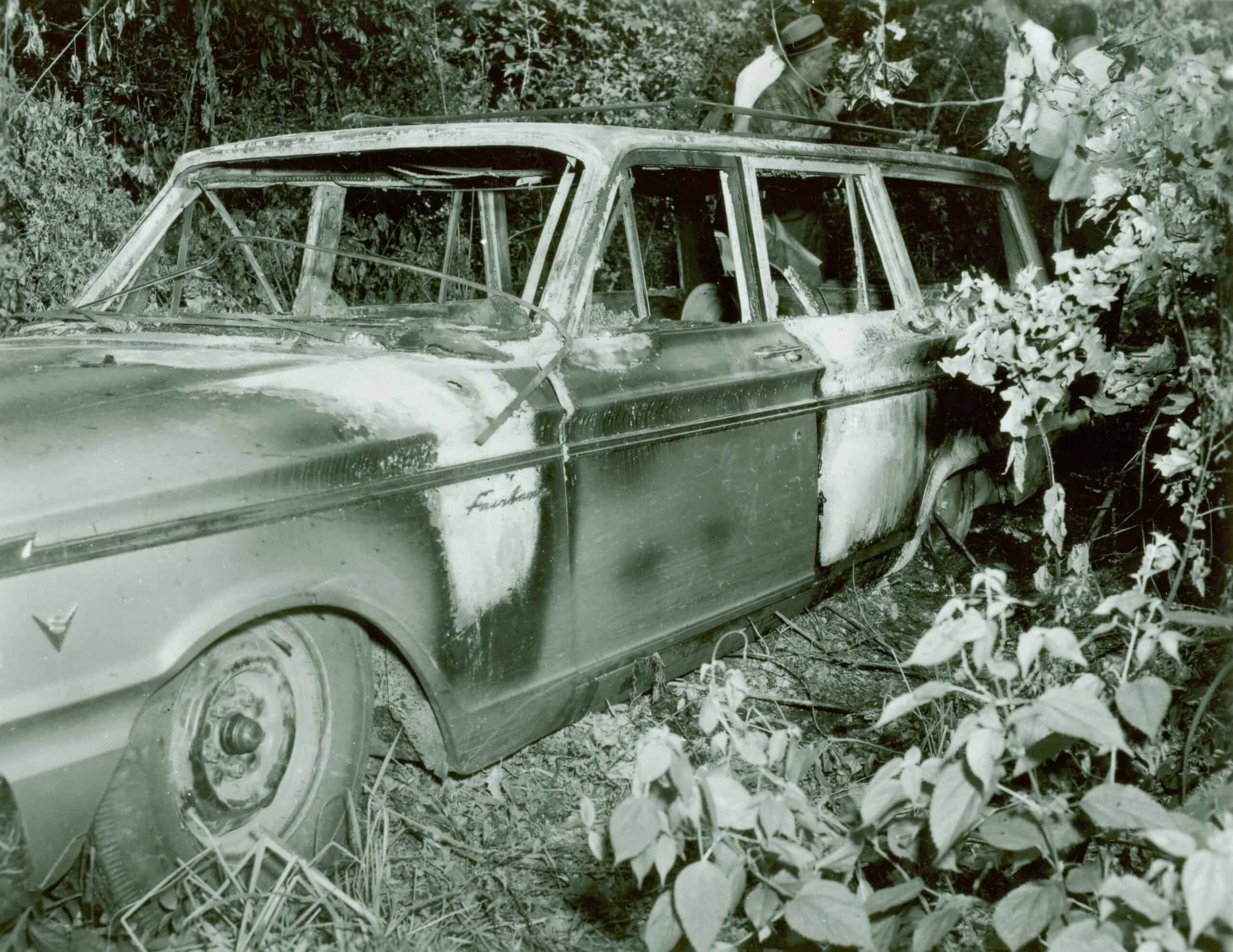
Another one of the most famous FBI raids occurred in the years of 1964 and 1965. After three civil rights workers were arrested in the small town of Philadelphia, Mississippi, and made bail, they were followed out of town. After that, they disappeared, failing to show up at their home base of Meridian, Mississippi. Only two days later, a team of FBI agents descended on the obscure Neshoba County of Mississippi. A series of tips, including a notable one from the mysterious “Mr. X”, led the agents to a burned-out car frame. Subsequently, the bodies of the three civil rights workers were found in a dam on a farm a few miles outside of Philadelphia. All had been shot dead. In response, the team of FBI agents rounded up various residents of the town including the Neshoba County Sheriff for their role in the murders. Their raid and investigation uncovered serious crimes and civil rights violations conducted by the town’s residents. Eventually, nineteen suspects were Federally indicted. In the end, however, only seven of those nineteen were found guilty.
Singer–Swapp standoff

Another one of the FBI’s most famous raids occurred in response to a terrorist attack in Utah. On January 16, 1988, a Mormon fundamentalist group bombed a Mormon church in Marion, Utah. A few years earlier, the leader of the group, John Singer, had been killed in a raid by the Summitt County Sheriff’s Office.
On the ninth anniversary of Singer’s death, his followers destroyed the Mormon Chapel with 50 pounds of nitrate-boosted dynamite. Whether hoping to somehow resurrect Singer or prepare for the end of the world, the group fled to their compound a half mile away from the bombing site.
They sat ready and armed for conflict. For nine days, the group, now led by Singer’s son-in-law Adam Swap, endured the siege. The shutting off of their water and electricity, along with blasting the compound with bright lights all night long, had little effect. On Thursday, January 28th, the FBI and local law enforcement attempted one final rush, killing one and arresting the remaining members.
Wounded Knee
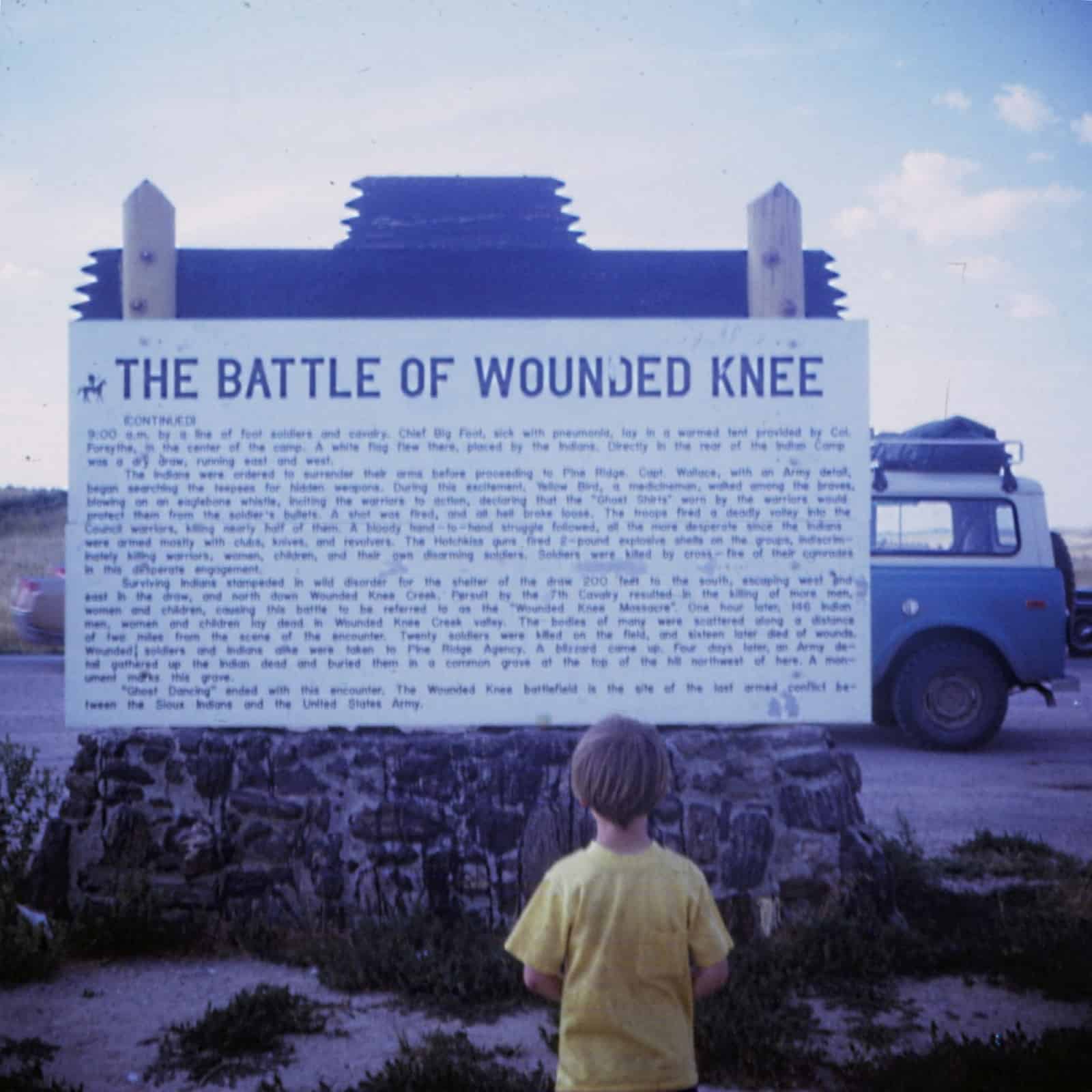
Another one of the FBI’s most famous raids occurred in response to the occupation of Indian Reservation Land. Beginning on February 27, 1973, 200 Oglala Lakota tribe members and supporters seized and occupied the town of Wounded Knee, South Dakota. They did this as a response to the perceived mistreatment of Native Americans by the Federal Government as well as controversial tribal politics.
FBI and US Marshal agents cordoned off the town as the protestors occupied it for 71 days. During that standoff, multiple people were killed. These included a US Marshal, as well as three Native American protestors. With no progress in sight after 30 days, the government shut off power, water, and food supplies in an attempt to starve out the occupying force. This did little to stop the occupation, however. For the next few weeks, negotiations were held as spurious firefights occurred between the two sides.
After Lawrence “Buddy” Lamont, an Oglala protestor was killed in a shootout, the tribal elders called an end to the occupation, with an agreement to disarm being reached on May 5th. Three days later, the town was evacuated and placed back in government control.
The Montana Freemen

Another one of the FBI’s most famous raids concerned an anti-government militia in Jordan, Montana that called themselves the Montana Freemen. Considering themselves sovereign citizens, the militia seized control of the town and rebuked the authority of the federal government.
Though the group engaged in unscrupulous liens against the government as well as flagrant bank fraud, they only came under scrutiny after refusing eviction from the land that contained their self-appointed township. Though the FBI had numerous warrants for the Freemen, the recent debacle at Ruby Ridge made them cautious in the growing standoff. In response, the FBI sent in political activist Bo Gritz to negotiate with the Freemen.
After five days of negotiations, Gritz left empty-handed and frustrated by the Freemen’s esoteric interpretations of government laws. Finally, after 81 days of negotiations, the Montana Freemen surrendered to authorities.
The Covenant, the Sword, and the Arm of the Lord
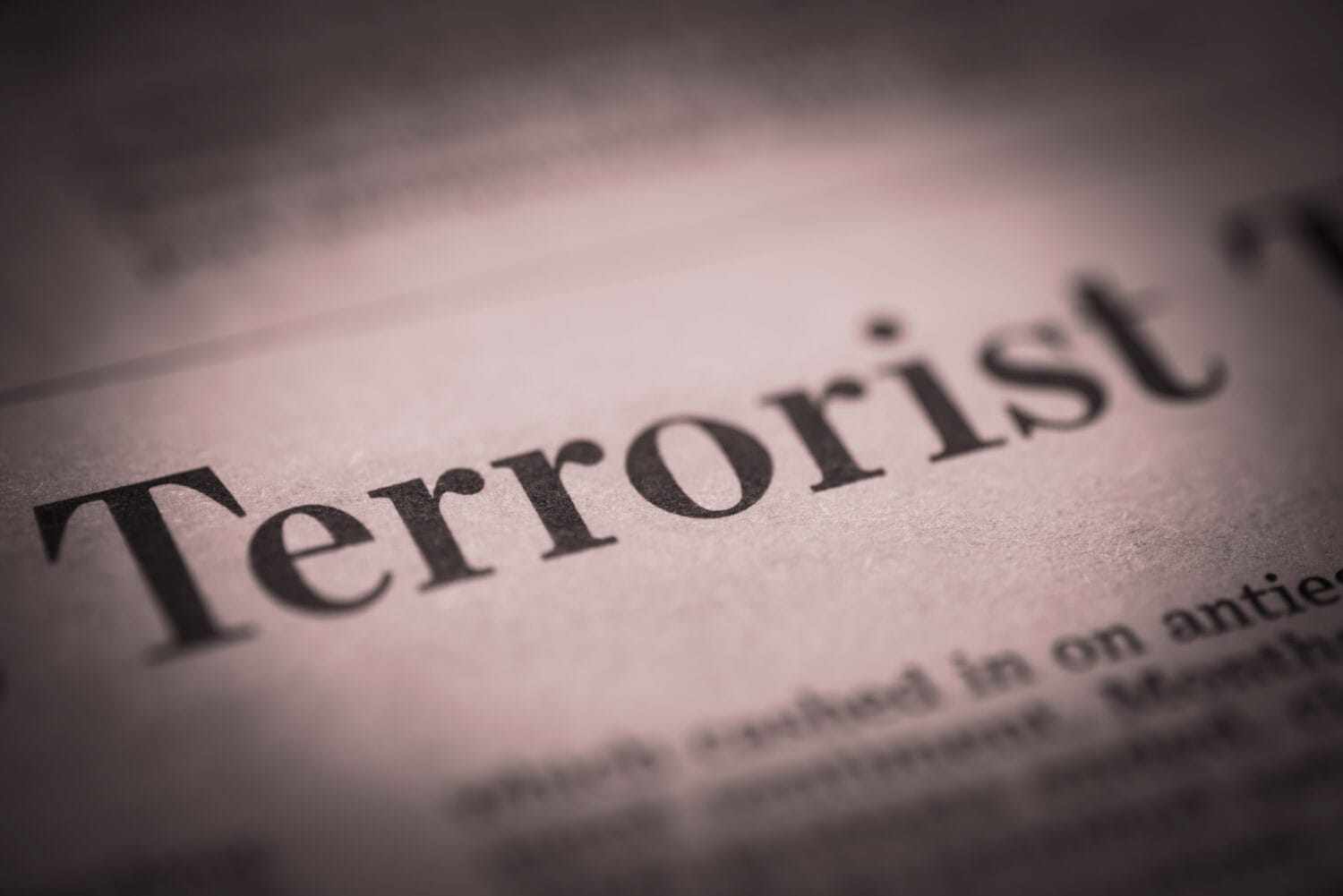
The Covenant, the Sword, and the Arm of the Lord (CSA) was a survivalist militia founded in Pontiac, Missouri. Though the group initially supported the Christian Identity movement, over the years, it refashioned itself into an increasingly extremist organization.
Using its compound in Arkansas as a home base, the CSA grew increasingly militaristic, fashioning armed patrols in the area as well as attempting terrorist attacks around the country. In 1983, the CSA declared war on the government. This resulted in the death of a police officer and a gun store owner. In response, the FBI obtained warrants for the CSA compound. Upon the arrival of the FBI, the CSA hunkered down in their compound hoping to be relieved by like-minded militia groups or even an act of god.
When these failed to materialize, the CSA allowed U.S. Attorney Asa Hutchinson into the compound for negotiations. This led to a peaceful conclusion, with the armed standoff finishing in a peaceful evacuation of women and children. (Still haven’t gotten your FBI fix? Discover the most infamous cases that rocked the FBI.)
